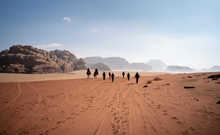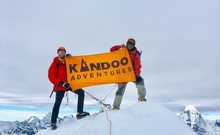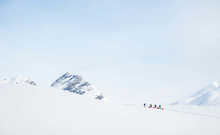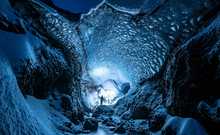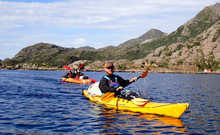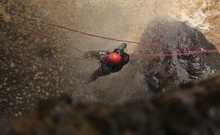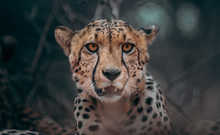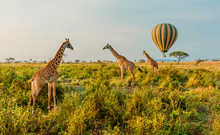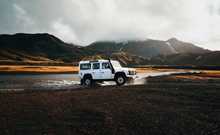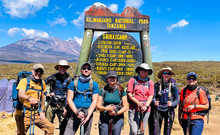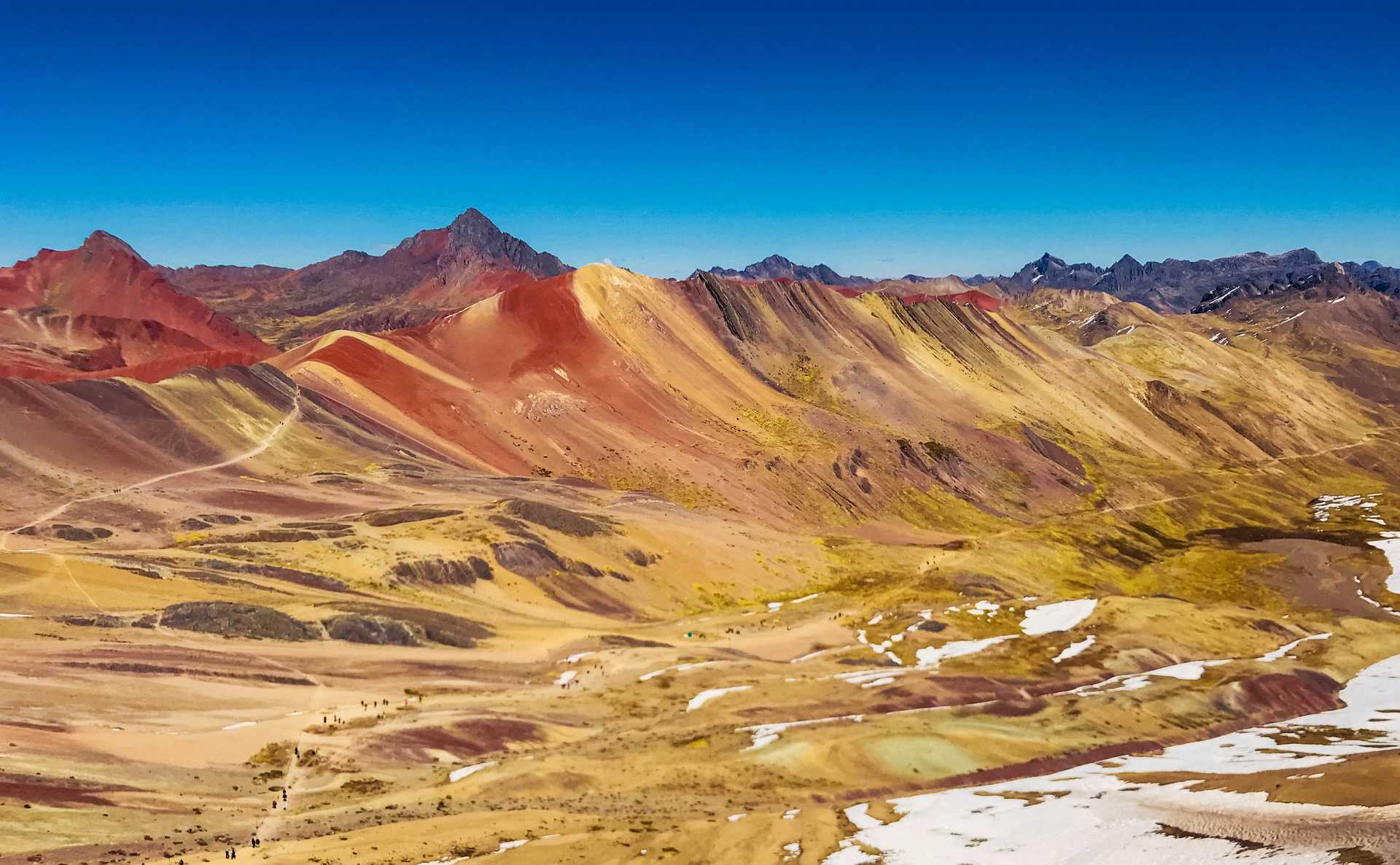Visiting Machu Picchu
The vibrant South American country of Peru is famous for many things – ancient civilisations, natural wonders, rich cuisine and fascinating cultural heritage – to name just a few. But Peru is probably best known for the iconic Inca city of Machu Picchu, hidden away high in the Andes Mountains. Millions of visits flock to Peru each year to explore this historical site but far fewer hang around afterwards to discover more of this intriguing country.
As an adventure travel company, we firmly believe that the best way to arrive at Machu Picchu is on foot. Trekking the Inca Trail through the Sun Gate or Inti Punku, straight into the core of this ancient wonder is a once-in-a-lifetime experience that you won’t forget in a hurry. Travelling on two feet offers a more immersive cultural experience, a way to reach the beating heart of a place, allowing you to learn more about the history and heritage that makes a destination so unique.
There are tons of incredible places to hike in Peru, home of both the Andes Mountains and the Amazon Rainforest. In the regions around Machu Picchu you can explore other ancient Inca sites, stumble across remains dotted around the slopes and find evidence of early civilisation. Meet modern Andean communities as you hike through the mountains and discover another side to life in Peru. From Choquequirao to the Lares Valley, the Salkantay region and the Sacred Valley, walking through this magnificent country offers an unmissable experience.
Our 5 favourite things to do in Peru on foot
We often get asked where to go after Machu Picchu and what other things to see and do in Peru. So, we’ve put together a guide on what to do after Machu Picchu to help you plan an awesome trekking adventure in Peru. The highlights below take you further than the obvious sights and deep into the natural world of the Andes.
Read on to learn more about cool places to visit in Peru.
1. Visit Colca Canyon
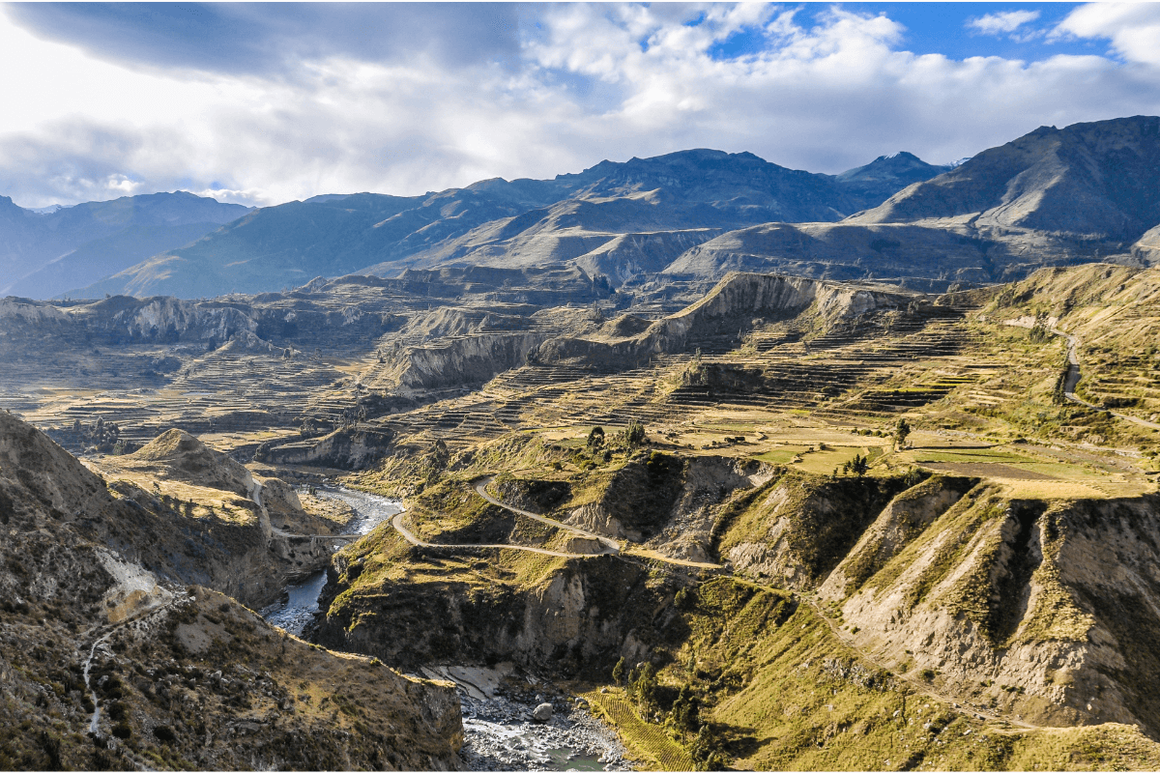
Colca Canyon, or ‘Canyon de Colca’, has been described as the Grand Canyon of the Andes, yet it’s almost twice as deep at only a fraction of the width and length.
Where the Colca River has cut into volcanic rock created this dramatic, steep-sided canyon has been inhabited by civilisations for thousands of years and is home to a unique range of flora and fauna.
Located approximately 160km (or 99mi) northwest of the city of Arequipa, Colca Canyon is famed for its soaring Andean condors, ancient traditions and stunning scenery.
To truly experience the magic of this natural wonder, try a Colca Canyon trek. Hike into the depths of the valley here, bathe in volcanic pools and explore the pre-Inca terraces as you journey through the hidden villages scattered across throughout the canyon.
Find out more about hiking though the Colca Canyon in our related blog.
Highlights of Canyon de Colca
- Visit the Cruz del Condor – a high viewpoint overlooking the Colca Canyon where you can see giant Andean condors circling high above the mountains. These birds have an impressive wingspan, and this is a special place to watch them in flight.
- Bathe in hot springs at Llahuar Lodge after descending 1,000m to the base of the canyon. The perfect place for your knees to recover after a long, steep descent!
- Enjoy an eventful hike through remote villages. Steep steps and a suspension bridge, a surprising geyser and a hidden oasis are just some of the highlights of walking through Colca Canyon.
Recommended Duration
The journey to get here is 4-6 hours by vehicle from Arequipa. It takes half a day to descend and another half day to climb back out again so we’d recommend spending at least two nights in Colca Canyon to get maximum enjoyment out of your adventure here.
2. Rainbow Mountain
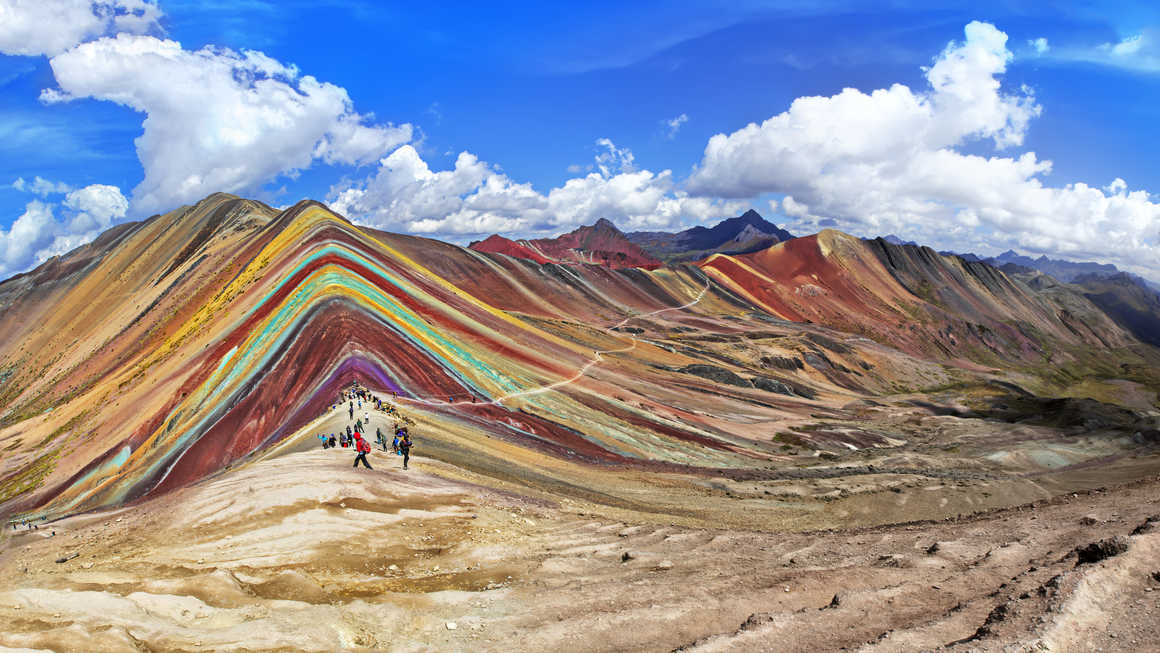
Just 3 hours’ drive southeast from Cusco are the incredible Rainbow Mountains. Vinicunca is the name of the main attraction – the highest mountain in the Vilcanota mountain range at 5,035m high.
The mountains are millions of years old and tectonic activity in the Andes has elevated the previously hidden layers of rock and sediment to the surface. Consequently, we see distinct layers of rich red, yellow, pink, green, purple and white formed from the minerals within the earth.
There is no road to reach the summit of the Rainbow Mountains. You can reach 4,326m by vehicle and walk the remainder to incredible viewpoints across the range and the summit beyond. Hiking Vinicunca is a physical challenge that requires enough time to acclimatise to the high altitude beforehand. Spending time in Cusco or travelling here after Machu Picchu is a great way to prepare for climbing Rainbow Mountain. This is an unmissable addition to any visit to Cusco.
Highlights
- Spot wild vicuñas – the Andean camel – roaming the slopes here. Vicuñas wool is the most expensive wool in the world as these animals are incredibly rare!
- Trek through the rich Red Valley and escape the crowds as you walk through the vivid terrain surrounded by huge Andean peaks.
- Stunning views of Ausangate – the fifth highest mountain in Peru.
Trip Duration
Exploring the Rainbow Mountains can be done as a day trip from Cusco. There are limited roads, access and accommodation here so staying in Cusco is the easiest way to get here.
3. Lake Titicaca
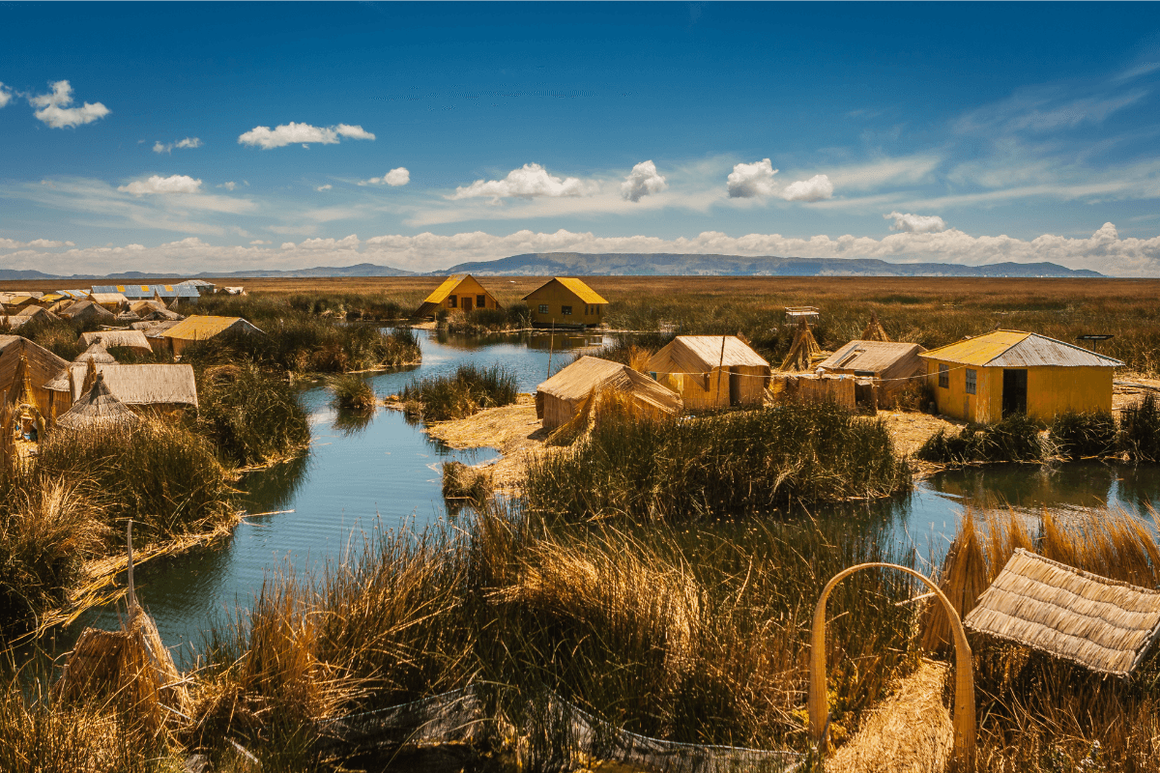
Lake Titicaca straddles the border between Peru and Bolivia and at 3,800m high is one of the highest navigable lakes in the world. Said to be an important site for the Inca’s, visiting Lake Titicaca is like stepping back in time. Known as the birthplace of the Incas, they believed their sun god was born here and to this day, the area is renowned as a spiritual significant haven.
Remote Andean villages dot the lakeshore, surrounded by truly breathtaking mountains which provide a unique backdrop to this 80km wide lake. Puno is the largest city on Lake Titicaca and one of the best places from which to explore.
From here you can find boats to many of the islands, visit community projects, learn about local traditions and hike island trails to ancient Inca ruins. With over 500 aquatic species alone, this is a region rich in wildlife too.
Highlights of Lake Titicaca
- Discover the Uros islands – unique floating islands made from totora reeds woven into platforms upon which small houses are built.
- Visit the island of Tanquile, where the Taquileans people excel at handicrafts and offer workshops and homestays that give wonderful insight into the peaceful way of life here.
- Swim in the turquoise waters of this high-altitude lake and relax on the stunning sandy island beaches.
Trip Duration
It takes approximately 6-8 hours to reach Puno from Cusco over land. There are buses that make this journey and total travel time will depend on route, traffic and stops. You can also get a train to Puno from Cusco or fly. Flying to Lake Titicaca is the quickest way but there are not always direct flights so consider your timescales carefully before deciding on the best transport options for your trip.
We’d recommend spending at least 1 night at Lake Titicaca, but with plenty to experience here, people often spend 2 or 3 nights here.
4. The Amazon Rainforest
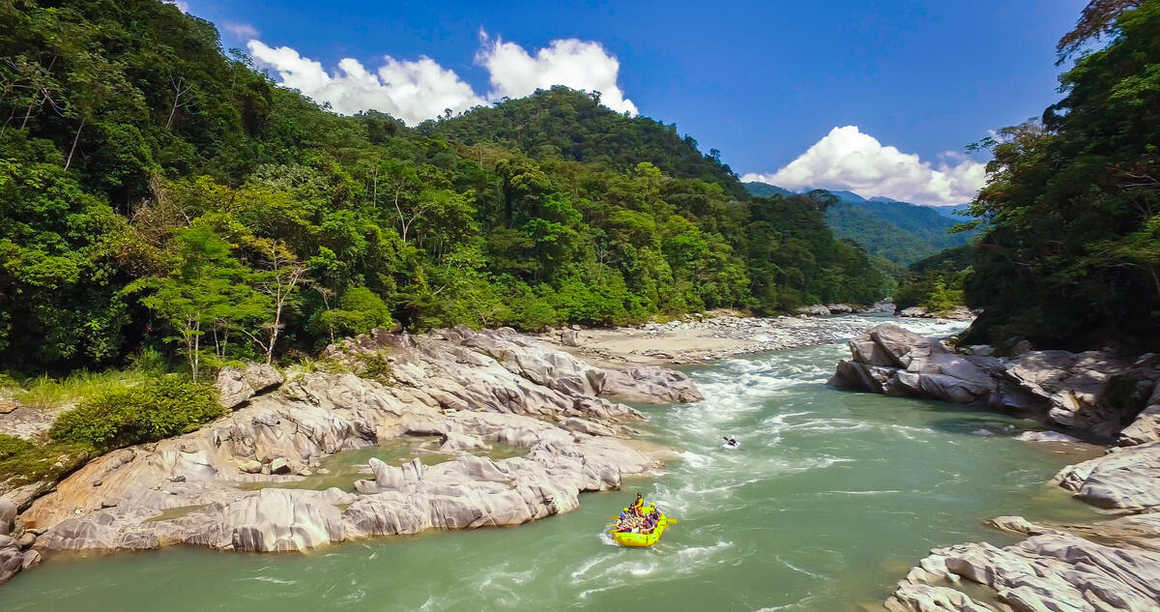
Packed with trees and wildlife, adventure and culture, the Peruvian Amazon Rainforest is a must-visit destination before or after your trip to Machu Picchu. Lush with biodiversity, you can hike through dense jungle and walk high through the canopy. Jump on a river safari and experience the forest from the water. With so much of the planet’s wildlife living in this incredible place, a visit to the Amazon Rainforest is truly unforgettable.
The Amazon basin itself covers 8 countries in South America and is the largest rainforest in the world. It is both sparsely populated with people and bursting with flora and fauna. An estimated 10% of all species on Earth can be found here! They’re often shy and it’s by no means guaranteed that you’ll spot many of the local critters, but it’s likely you’ll hear them.
Explore the jungle by dugout canoe, enjoy nocturnal safaris and camp out on the banks of the river. A multi-day trip into the Amazon Rainforest is the best way to immerse yourself in this unique environment.
Highlights of the Amazon Rainforest
- Paddle deep into the rainforest on a canoe and explore the Amazon from the water. Both in daylight and at dusk are the best times to spot caiman, capybara, giant otters and other indigenous wildlife.
- Camp out in the forest and wake to the sound of the jungle cacophony at sunrise as thousands of birds sing to a new day.
- Discover hidden lakes deep in the jungle and meet indigenous people who live here. Staying in eco-lodges deep in the rainforest positively contributes to reforestation by ploughing back profits from eco-tourism into conservation of this vital carbon store.
Trip Duration
Puerto Maldonado is the best place to access the Peruvian Amazon. It’s an hour's flight from Cusco or approximately 12 hours overland. You can also fly from Lima to Puerto Maldonado before flying to Cusco afterwards to explore Machu Picchu.
We’d recommend spending at least one night in the Amazon Rainforest. Afterall, how often are you likely to find yourself in this corner of the world?! Two or three nights are even better and will give a much deeper insight into the incredible ecosystem here.
5. The Sacred Valley
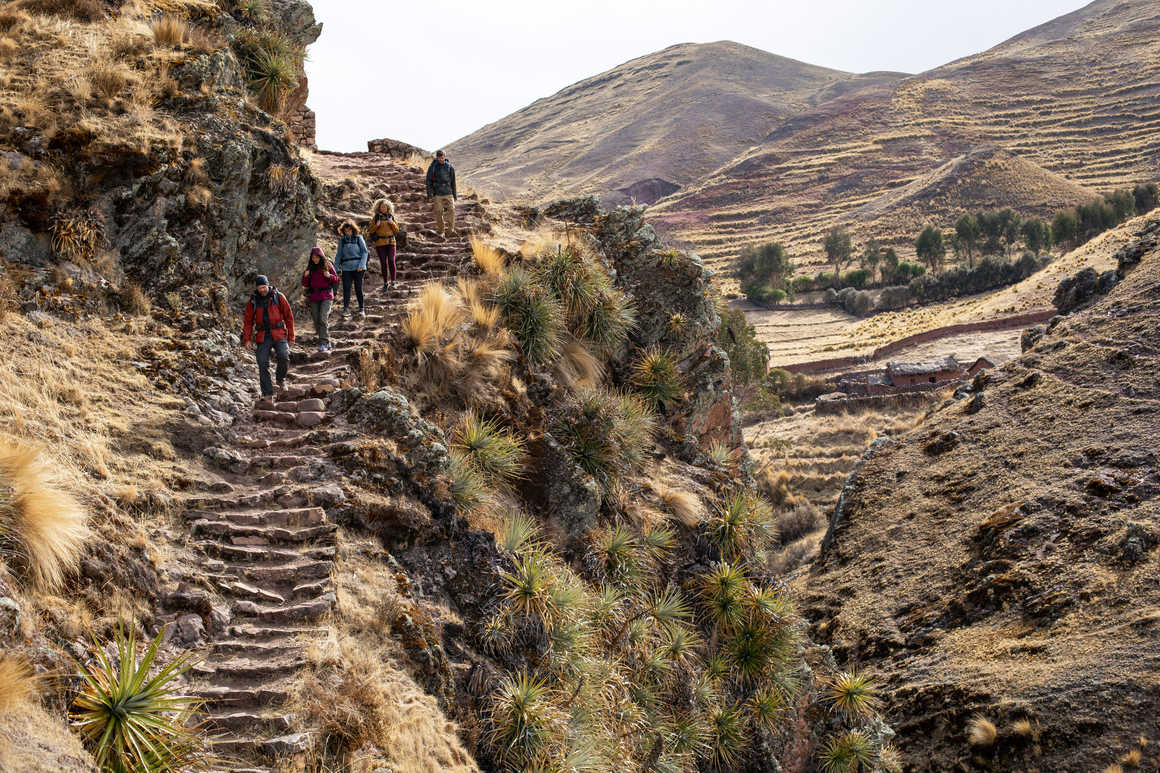
North of Cusco lies the Sacred Valley – a region of fertile land, Inca terraces, ancient towns and vibrant traditions. From the iconic site of Ollantaytambo to the thriving markets of Pisac, there is so much to see and do here. The salt mines of Maras are absolutely fascinating and it’s incredible to see people using pre-Inca techniques to this day.
The Sacred Valley is bursting with ancient Inca remains and remains an important site of historical significance that attracts visitors from all over the world. And as it’s just a short drive from Cusco, this is a wonderful place to visit before or after your Machu Picchu tour.
Highlights of the Sacred Valley
You can read more about things to do in the Sacred Valley in our related article but below are just a few of the highlights of this remarkable region.
- Visit Ollantaytambo and explore an ancient archaeological site built by the Incas still inhabited to this day. From here you can enjoy tons of hikes, bathe under waterfalls, sample locally made chocolate and fire water and learn more about this innovative civilisation.
- At the entrance to the Sacred Valley, Pisac is a bustling town with a world-famous market. From ornate handicrafts to gastronomic delights, the market is THE place to meet residents of the Andes and learn more about their customs, traditions and arts.
- The Maras Salt Mines are a feat of engineering and agriculture. Staggered pools are terraced along the mountain slopes where salt is harvested using ancient techniques. Witness local people using age old methods and learn more about their way of life at this intriguing site.
Trip Duration
The Sacred Valley is close to Cusco and Machu Picchu. Whether you spend a day or two here before or after your trip, don’t miss out on seeing some of the incredible places hidden away in this remote region.
If you’re trekking to Machu Picchu or hiking in the valleys around the ancient city, you may well explore the Sacred Valley as part of your trip. Otherwise, consider staying a few days in Ollantaytambo and exploring the sights from here.
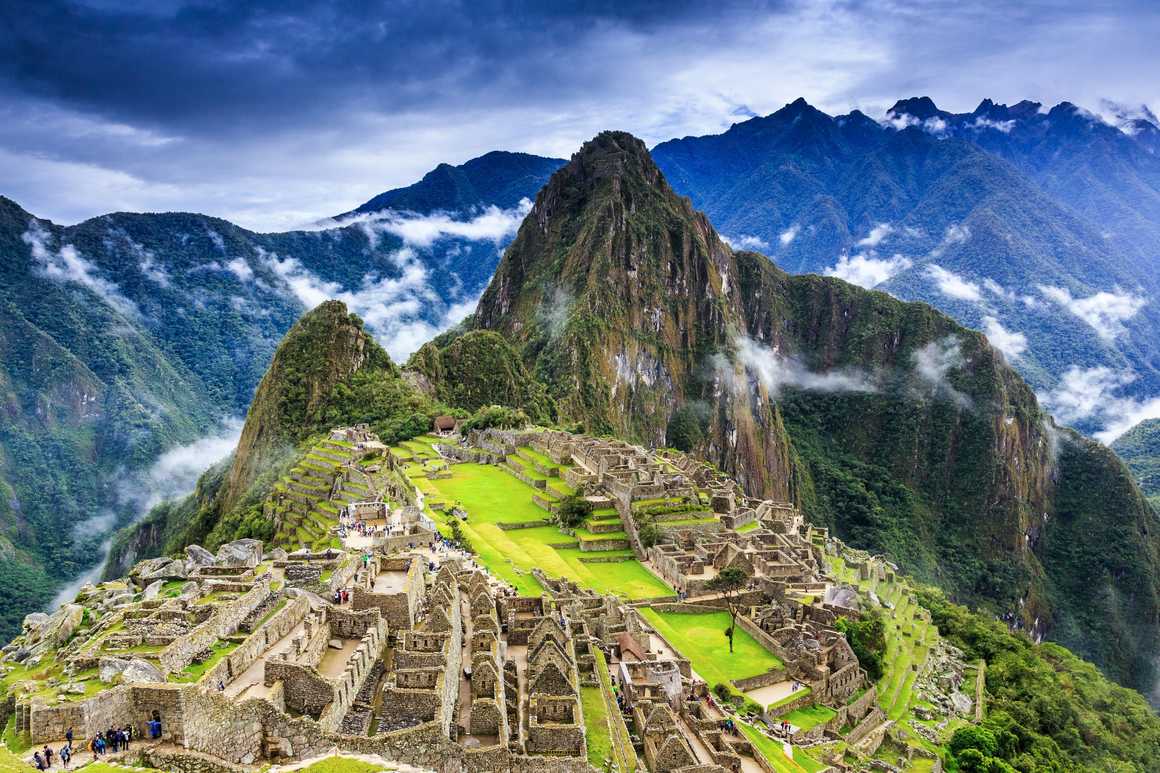
Suggested Peru Itineraries
It can be hard to get your head around the geography of all of these amazing landmarks. The Andes surrounding Cusco are packed with Inca ruins, history and heritage and it’s important to do your research, so you don’t miss out on those locations that interest you most.
Planning where to visit in Peru? Let us help you map it out.
Option 1 - 14 days in Peru
Lake Titicaca > Cusco > Sacred Valley > Inca Trail > Machu Picchu > Cusco > Amazon at Puerto Maldonado
The easiest way to cram as much as possible into your visit would be to join our 14-day Ultimate Peru trip. Here you’ll begin in Puno at Lake Titicaca before getting the train to Cusco. You’ll spend a day in Cusco acclimatising and exploring then driving through the Sacred Valley to KM 82 – the start of the iconic Inca Trail to Machu Picchu. Afterwards spend another day in Cusco before flying to the Amazon at Puerto Maldonado to trek through the jungle and travel the waterways of the Amazon River.
This itinerary covers ALL of the best things to do in Peru, in our humble opinion.
Option 2 - 7 days in Peru
Cusco > Sacred Valley > Short Inca Trail > Machu Picchu > Rainbow Mountains > Arequipa > Colca Canyon
Alternatively, you could spend 7 days here and skip the Amazon Rainforest part. In 7 days, you can explore Cusco, hike the short Inca Trail to Machu Picchu via the Sacred Valley, take a day trip to the Rainbow Mountains before flying to Arequipa and Colca Canyon and flying home from there.
We think it would be a shame to spend any less than a week in Peru! But if you don’t see everything you want to see, you can always come back for a second visit, and a third … and so on. It’s the kind of place you really fall in love with and keep coming back to.
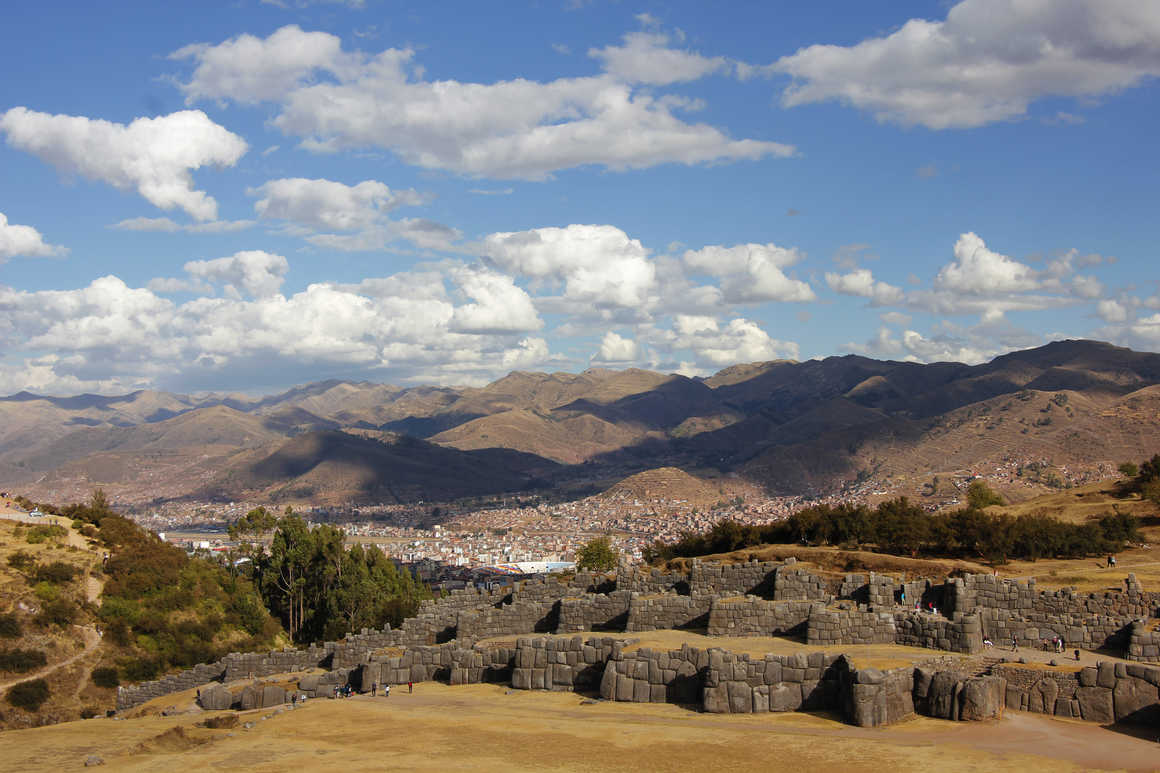
Frequently Asked Questions About Peru
Is Peru safe?
Peru is generally a safe country to travel to. The most up-to-date travel advice can be found on official foreign office websites but there are no significant warnings in place at the time of writing this.
As with most large cities across the world, crime may be more common in certain areas so practicing caution and awareness is recommended.
Peru attracts millions of visitors each year and is an interesting place to explore. It is not unusual to see travellers from all over the world here. As such, staying here, using local transport and visiting the highlights of Peru is perfectly safe.
To get the most out of your adventure in Peru, read our article on tips for safe travel.
What are the languages spoken in Peru?
What are the languages spoken in Peru?The official languages of Peru are Spanish, Quechua and Aymara, although there are over 70 indigenous languages and dialects spoken.
Of these, Spanish is the most prevalent and used in schools, government, trade and media. Aymara is more common around Lake Titicaca and spoken by around 2% of the population, whilst Quechua is spoken by around 13% of Peruvians, especially in more rural areas.
English is not commonly spoken in Peru so learning a few phrases of Spanish and having a language handbook or app will help navigate interactions.
What is the capital city of Peru?
Lima is the capital of Peru and is a vibrant city sprawled along the Pacific coast. The city centre is packed with colonial charm juxtaposed with modern development, making Lima an exciting place to visit. It is also one of the largest cities in South America.
When is the Best Time to Visit Peru?
When to visit Peru will depend on what you want to do. If you’re interested in trekking and exploring on foot, avoid the wet season from December to March. During these months it will rain a lot, mist will cover the mountains, it’ll be muddy and the terrain more difficult. We strongly advise against visiting during this time. The Inca Trail is also closed for maintenance every February so if this is something you want to experience, consider spring or autumn instead.
The driest months are July and August. These are the peak months for visiting both Machu Picchu and Peru in general. Permits for the Inca Trail and Machu Picchu tickets will sell out quickly for this time of year and everywhere you go will be busy.
We’d recommend April to June and September to November as the best time to visit Peru. There may be rain showers, but the temperatures will be moderate, the landscapes lush and the trails less busy than peak months.
Find out more about the best time to visit Machu Picchu in our related article.
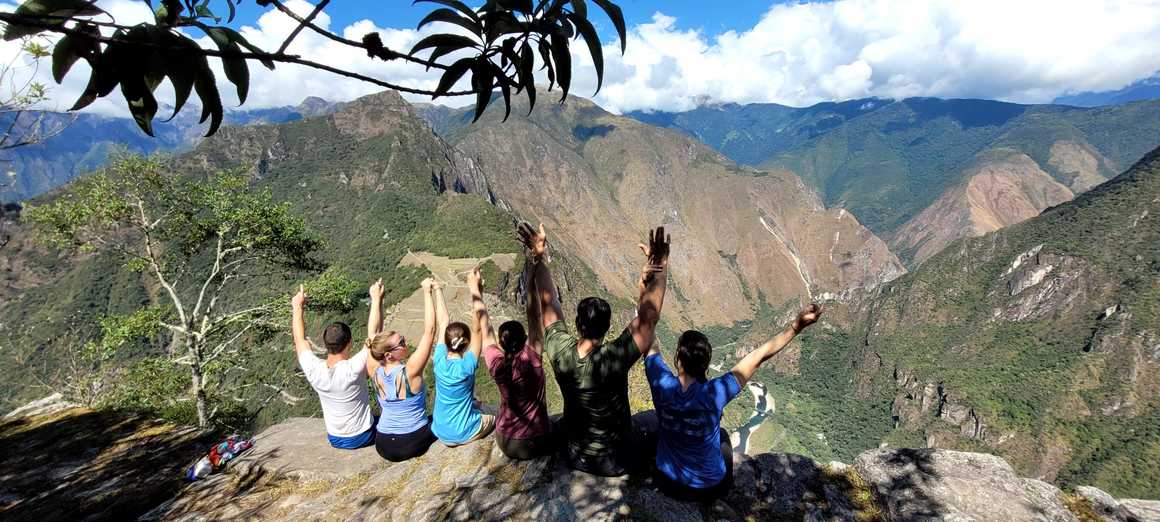
Visit Peru with Kandoo Adventures
We offer loads of awesome adventure trips to Peru and also put together bespoke travel itineraries too. Our local team in Peru are experienced and knowledgeable and will ensure you’re well looked after from the moment you land. Let us take you to the best places to visit in Peru - you’ll thank us for it!
Get in touch with our team of travel experts at Kandoo HQ to find out more about this extraordinary country and let us take you on a memorable journey to an iconic destination.
